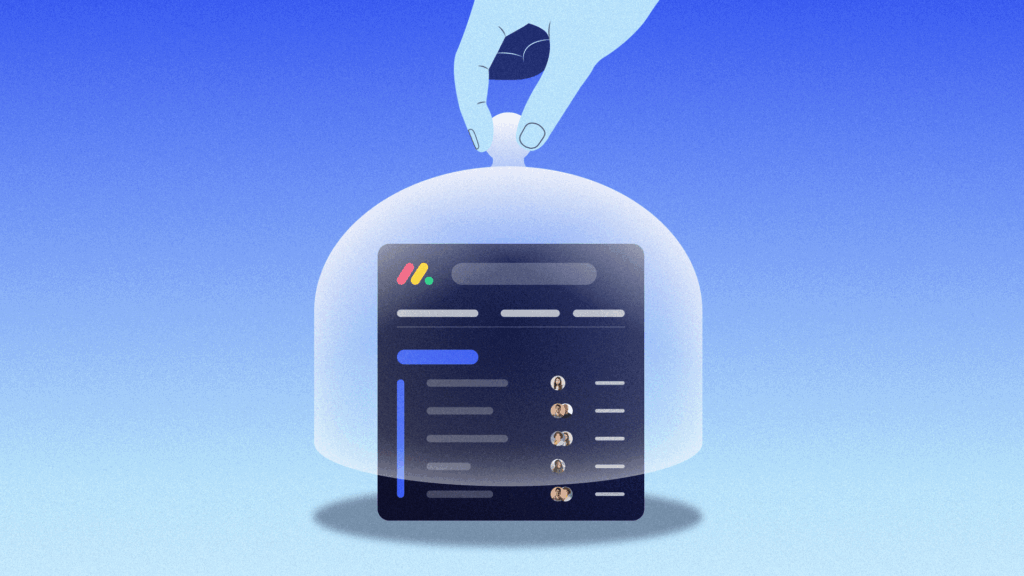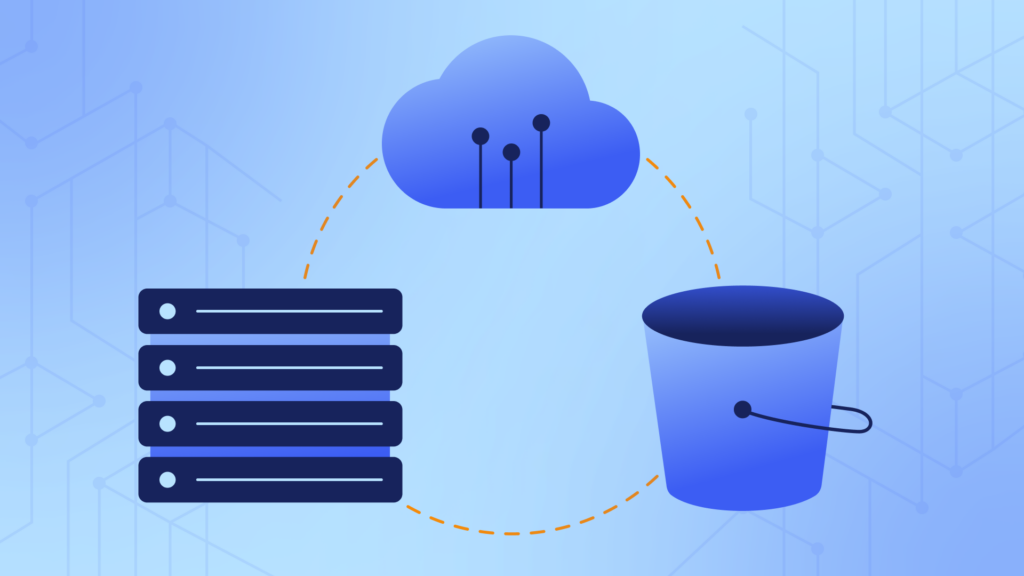This guest post was a community contribution by Commerce Garage, a leader in performance marketing for growth-stage businesses and e-commerce companies. Commerce Garage specializes in social advertising, funnel optimization, seo, price testing, and paid search.
Setting the right price for your new product is one of the most challenging decisions any business owner can make. On the surface, setting the price may seem very straightforward. More often than not, pricing is based on what the competition is charging for a similar product or the profit margins you want to make.
But the price you choose will have immediate and future implications on your ability to acquire customers, reinvest profits, and grow your business at the speed you desire.
Price too high, and you risk loosing sales if the perceived value doesn’t match the price tag in the consumers’ eyes. Price too low, and your profit margins might not leave enough room for investing in future growth.
To help you find your sweet spot, we’ve outlined the 3 most important things to consider when developing your pricing strategy.
1. Price needs to align with perceived value
Your chosen price needs to align with the perceived value of your product. When a customer is in a shopping mode, she already has a price in mind she’d like to pay for something. When she lands on your product page and sees your price is much higher than what she had in mind, she will assume your product is a premium product.
You, as a shop owner, need to prove to her that the value of the product justifies a premium price, otherwise she’ll think you’re too expensive and move on. The higher the price, the more work you’ll have to invest in your marketing and customer experience to close the gap.
2. Price needs to align with your business goals
When setting your price, consider your greater business goals. What do you want to accomplish in the next 6 months to a year? More sales? More customers? Expansion to new markets? Whatever your business goal is, your prices will either help or hinder you from achieving them.
For example, Company A is a new entrant in a crowded space and wants to acquire customers fast. Therefore their strategy is to price low. Company B is in the same space, but their competitive advantage is providing premium customer service. Because of this, their strategy is to price high, knowing that they’ll attract fewer customers but have higher revenue per customer.
3. Profit margins are variable
One of the most important implications of pricing is the effect it has on your profit margins. Your costs-of-goods sold may remain constant, and hopefully, decrease overtime. But one thing you need to account for is the marketing and customer acquisition costs that can change as often as on a daily basis.
Your acquisition costs are subject to fluctuation based on how much you choose to spend on ads, how well your ads are targeted, what kind of promotions you’re running, how effective your content marketing and social media marketing is this month, etc.
One way to determine an appropriate acquisition cost for your business, is to look at the average lifetime value of your customers (“LTV”). Subscription boxes are a great example of this. If the subscription box is priced at $50 and you know that on average customers maintain their subscription for 12 months, then the average lifetime value of your customers is $600. In that case, it makes sense to spend $50 to acquire a customer even though your profit margin on the first box is in the negative.
Price is an easily manipulated marketing variable
The sum of all of the above represents price as one of the most easily manipulated marketing variables. Want to generate immediate sales today? Offer a promotion. Want to set yourself apart as a premium brand? Keep your price high and rarely offer discounts. Want to reach as many people as possible? Keep your prices low.
Determining how much you should charge for your product shouldn’t be done hastily. Take the time to evaluate and analyze not only your cost structures but also how the price aligns with your business goals, the impact it will have on profit margins, and how you intended to position your product in the marketplace.
Consider running a price test
There are hundreds of books on pricing that offer a different approach to how you should best develop your strategy. While you could deep dive into all the research, a much faster and effective approach is to run a price test in the live for a short period of time. By doing so, you’ll gain real world insights from real customers on how much you should charge for your product.
Commerce Garage has developed an advanced price testing solution available for all Shopify Plus store owners. How it works is it randomly splits traffic equally amongst different product price points where that price is displayed across all pages of your site, cart, checkout, purchase and automated emails.
By doing this we can determine which price point generates maximum revenue and profitability for your business, typically within 3-4 weeks of running the test (based on traffic volume) with 95% statistical significance.
Example: price A (original price) generates $10k in revenue, price B generates $9k and price C generates $15k. The baseline would be $10k at each price, so incremental revenue from this example would be $4k ($1k under baseline from price B and $5k increase from price C, leaving a lift of $4k). Based on this test, we can determine that price C is the optimal price for increasing your revenue.
If you’re interested in taking your pricing strategy to the next level, sign up for Commerce Garage’s Price Testing Soluion below.
For more information about Rewind, please head on over to rewind.com. Or, learn more about how to backup Shopify, backup BigCommerce, or backup QuickBooks Online.



